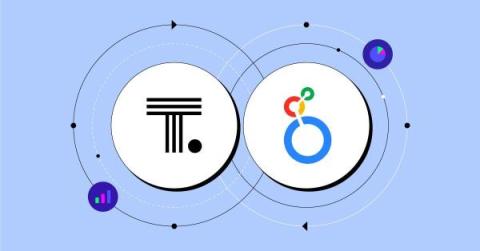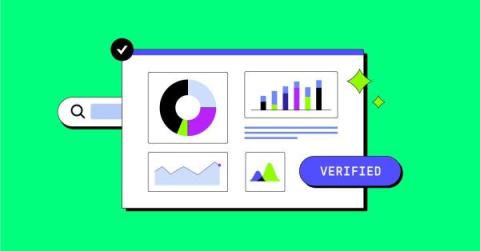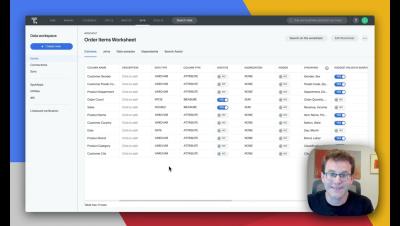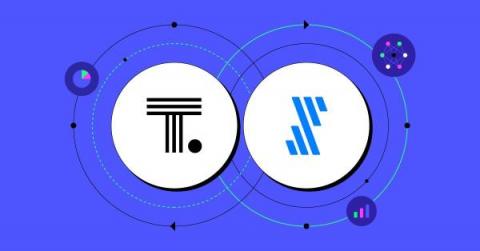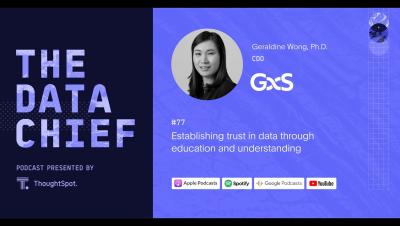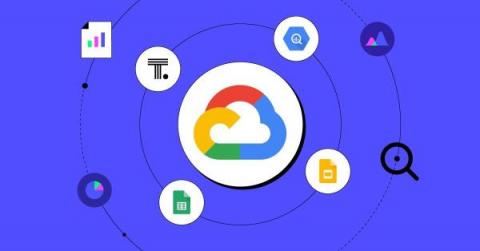New Looker + ThoughtSpot Connector: Where semantic modeling meets natural language search
Semantic layers are a game changer, allowing organizations to define metrics and business logic in one, centralized location. Because business users can trust that their data is built on a single source of truth, the semantic layer also empowers self-service analytics. Looker Modeler has become a leader among semantic layers, allowing users to seamlessly layer on top of their business data.


